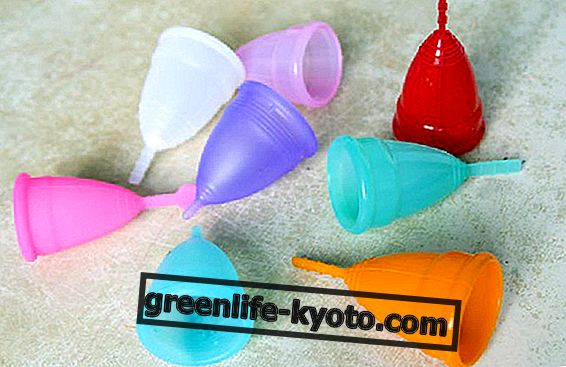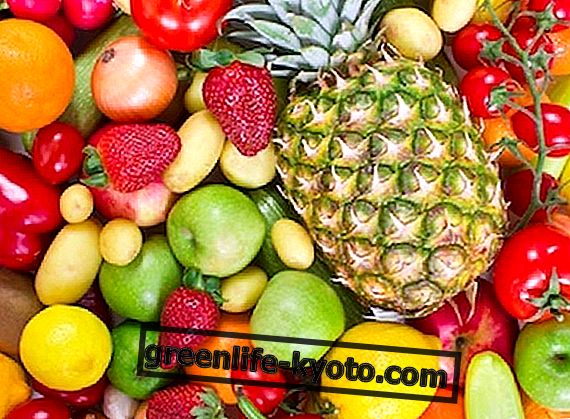Pumpkin sprouts are an inexhaustible source of vitamin E and have vermifuge properties, laxative effects and protect the skin . Let's find out better.

Description of the pumpkin
The name of the pumpkin refers to the fruits of some species of the genus Cucurbitaceae, especially the Cucurbita pepo but also the Cucurbita maxima, the Cucurbita moschata and other related species. The fruits vary in shape, size, organoleptic qualities and use: they can be spherical, elongated or twisted; wrinkled or smooth; green, yellow, orange, red, ivory or various colors; sweet, tasteless, aromatic ; suitable for classic recipes, ideal for confectionery, useful for making musical instruments or perfect as a decoration. It is a very old vegetable, so much so that the ancient Mesoamerican peoples are thought to have used it 10, 000 years ago.
Composition of pumpkin sprouts
Pumpkin sprouts are an inexhaustible source of vitamin E, carotenes and pro-vitamin A ; of proteins and enzymes; of minerals zinc, selenium, copper, manganese, iron and phosphorus. To all this we add tocopherols (especially alpha-tocopherol), various pectins, oils and oleic and linoleic acids, cucurbitin, discrete quantities of ascorbic acid.
Properties and benefits
A regular consumption of pumpkin sprouts has numerous advantages on personal well-being, given by the properties recognized and listed below. Pumpkin sprouts are excellent wormers, have laxative effects, protect the skin and have a strong remineralizing and regenerative power.
They have an active influence on the nervous system, acting positively on the nerves and helping sleep and relaxation. The vast spectrum of nutrients ranging from proteins to oligo-food metals passing through vitamins, vitamin and acid nutrients makes them ideal for sportsmen and for those who have to face tough days full of commitments.
You can also explore the properties of pumpkin seeds

Organoleptic characteristics and uses of pumpkin sprouts
The taste of pumpkin sprouts is characteristic and unmistakable: it is particularly reminiscent of sunflower seeds and is commonly appreciated as one of the tastiest shoots . It is a type of versatile sprout, which makes its figure in salads but is also appreciated alone as a side dish or garnish. It is an ingredient of many recipes: soups and soups, cold pasta and rice, flans, fillings, creams and pates. Also perfect for centrifuged and extracted.
Germination secrets
First of all we need to find the green pumpkin seeds, already free of tegument, which can easily be found wrapped and ready for direct consumption. In this case, after leaving them to soak for a time that can vary between eight and twelve hours, the seeds will be able to sprout very quickly, within a maximum of one or two days.
They are rather low buds, around one centimeter in height, and are easily produced with the pan method. As soon as they are ready, they can be detached from the seed and consumed. Their consumption must take place quickly, at the latest within three days and must always be kept at refrigerator temperature.












